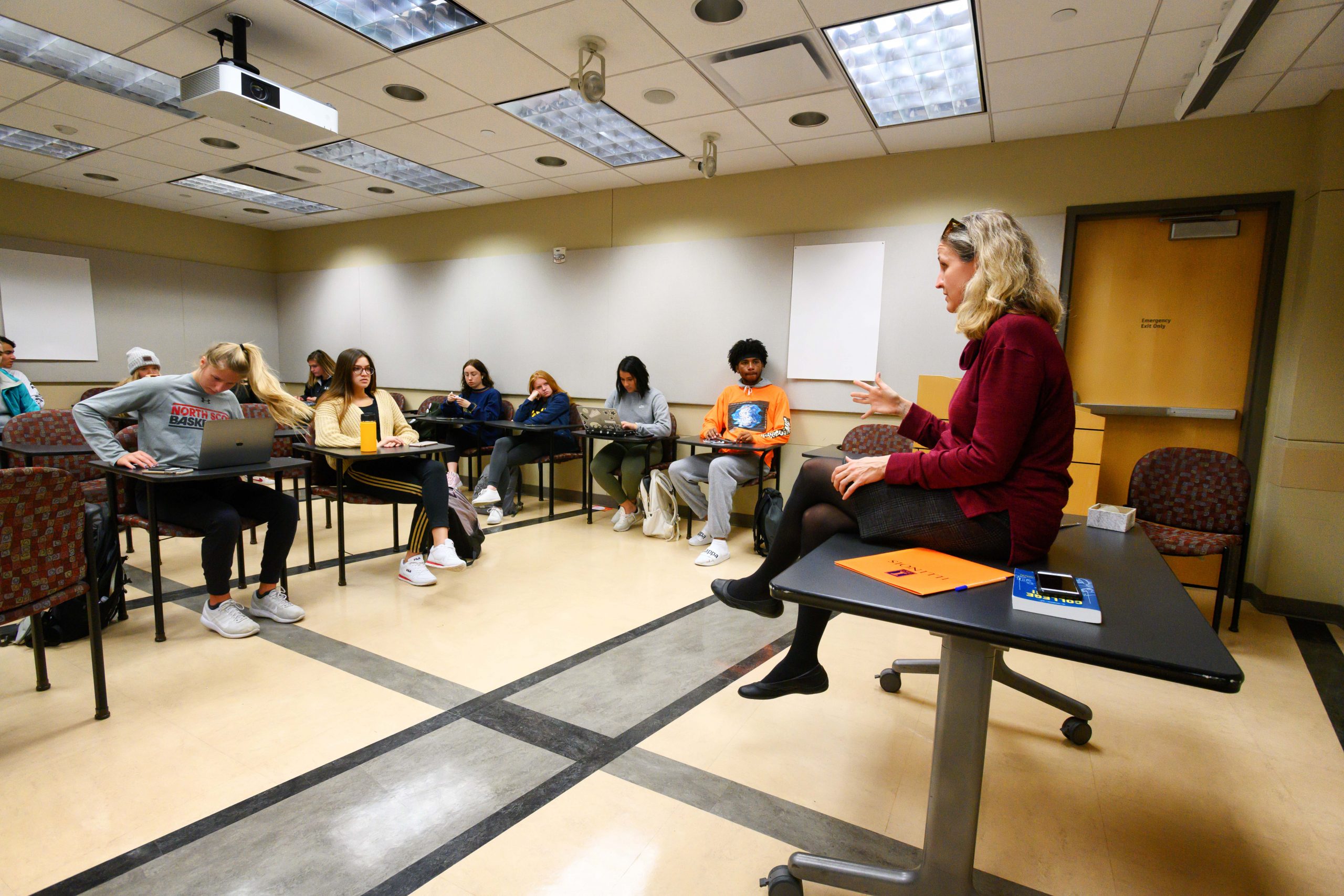36 Responding to emotional events

When a local, national, or world event has a widespread emotional impact, consider taking a moment to acknowledge the situation and ask students how they are doing. If you can link the event to course content in a meaningful way, do so. Silence can be damaging, and even a simple acknowledgment, a reflective activity, a quick breathing or mindfulness exercise, or an offer of support can help your students. In How Learning Works, Susan Ambrose, Michael Bridges, Michele DiPietro, Marsha Lovett, and Marie Norman show that “we need to consider students holistically as intellectual, social, and emotional beings” (Ambrose et al., 2010, p. 187), and they demonstrate how this consideration informs course climate and student success.
Studies show that students value when professors and TAs acknowledge concerning events, which helps foster a supportive and inclusive learning environment. Therese Huston and Michele DiPietro demonstrate in their research that students appreciate any effort to address stressful events (Huston & DiPietro, 2007). Acknowledgement was “helpful, regardless of whether the instructor’s response required relatively little effort, such as asking for one minute of silence … or a great deal of effort and preparation, such as incorporating the event into the lesson plan or topics for the course” (Huston & DiPietro, 2007, p. 216).
Here is one way to acknowledge global conflicts and their potential impact on students:
“I recognize that there are major events and conflicts happening globally that may be affecting some of you, your families, and friends. With so much pain and unrest in the world right now, I understand if you might be feeling worried, angry, distracted, or numbed. I welcome any student who wants to talk more, ask questions, share, or request support.
I want to share my commitment to nurture culture of care in this class during this time, and also during times when students may be reckoning with other crises that may not receive as much attention on our campus, or that may be personal to them.
Please know I am here to support you through this difficult time as best I can and please let me know if there is anything I can do for you.”
Depending on your own positionality and feelings about the situation, you may want to normalize students’ anxiety by sharing—in an appropriate way—your emotions and acknowledging that it may be hard to focus for many. Some instructors offer to post notes after a major event to ensure that students who are most affected by the event can still study, and if you are overwhelmed, it might help you to make sure that you are conveying complete information.
Another strategy is to share your concerns for your students’ well-being and to offer support, inviting them to your office hours and sharing resources on campus. You can also consider making do dates and exam formats more flexible, reducing workload, or facilitating reflective assignments.
Although we may have instincts and assumptions about certain student groups who may be feeling the impact of an event (e.g., international students), it is impossible to know which students may have connections to an emotional event. While some students may share, others may choose not to share aspects of their experiences, identities, or the ways they have been impacted.
Depending on the situation and in consultation with course supervisors and other stakeholders, consider making due dates and exam formats more flexible, reducing workloads, facilitating reflective assignments (consider prompts like “What would you like others to know about how you are experiencing this situation and how it affects you on personal, educational, and systemic levels?”), and distributing a survey (adapting the critical incident questionnaire or other questions from the previous chapter).
If an individual student seems upset or distressed, you can quietly acknowledge their distress and invite them to talk to you after class or during your office hours. Actively listen to the factual and emotional content of their response and show empathy. Using the V-A-R model (ACUE, 2020) can help facilitate this process for you and your student:
- Validate the student’s experience.
- Appreciate their courage for sharing.
- Refer them to support services.
Keeping your instructor role in mind, brainstorm with the student how you can support their learning and provide more opportunities for flexibility. Try to work with them to identify resources that can better help them. Resources may include:
- their departmental advisor
- the collegiate dean’s office
- Academic Support and Retention
- Academic Advising Center
- University Counseling Service
- International Student and Scholar Services
- Student Care and Assistance
- Student Health
Later, check back with them to see if they have followed through with the referral or otherwise begun to address the problem.
For more ideas, please check our Teaching Through Tough Moments resource.
To explore more strategies and contexts, please engage with the scenarios Responding to Tragedies Affecting Student Well-Being and Addressing Violence: TAs Take on a Safety Concern Between Students created by UIowa undergraduate students.

Feedback/Errata